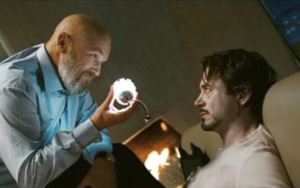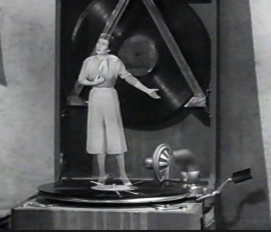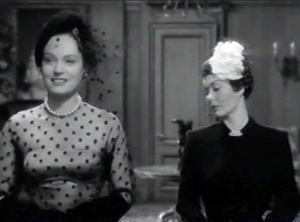
Clarity between opposing forces rules a chess board, not a war
X-Men: Days of Future Past is close to flawless, which is high praise indeed for a movie with as much background and complexity as it has. The seventh feature in a popular but uneven action series, it is packed with freakish characters, extensive back-stories, two distinct time frames, and an ambitious sci-fi plot that centers on the sticky wicket that is time-travel. But nothing is disappointing here, except maybe the unmemorable little. This X-Men has substance as well as virtuoso technique.

Heartless industrialism in Iron Man
Best of all, in my view from planet Chomsky, it respects sedition. Rebellion against governments (including actual governments, particularly Russia’s and our own) is not unusual in modern movie plots, though it is by no means the norm. In the flourishing and lucrative superhero genre, however, nakedly subversive ideas are finding fertile ground. Consider one of the best: the original 2008 Iron Man, in which Tony Stark (Robert Downey Jr.) fights his way free of his own iron weapons, ironically, which were made for deployment in Afghanistan. He survives only to turn against his own company and his partner, the sinister Obadiah Stane (Jeff Bridges). Now a part-time Iron Man, he retools Stark Industries, transforming it into a force for good. In the 2012 The Avengers, Stark says, “Stark Tower is about to become a beacon of self-sustaining clean energy.”

Smith in the Senate
Subversive politics are not unique to heroes in movies, of course, because defiance in the face of oppression isn’t a new theme to any art form. Like Washington’s political cartoonists, Hollywood’s writers have toyed with sedition and gone for the throat of the government, especially Congress. But most examples are from decades ago. In 1939, Mr. Smith Goes to Washington was written by Sidney Buchman, who was blacklisted by HUAC in 1953. Under the direction of Frank Capra, it is powerhouse propaganda in which one man, James Stewart as freshman Senator Jefferson Smith, faces down a thoroughly corrupt Senate in a shamelessly dramatic filibuster. Even earlier, in the bizarre Gabriel Over the White House (1933), a corrupt president survives a car accident and wakes up enlightened. Corrupt politics are a given in most countries, including ours, and they make for a lot of tough political movies, though few moviegoers consider action pictures in that light. We should. One of the best-ever action pictures, The Adventures of Robin Hood (1938), has one of my favorite-ever seditious lines, which is actually only one word. When confronted with the accusation, “You speak treason!” Robin replies, “Fluently.”

Scientist Oldman creating Robocop
The evil entity in a lot of the 21st century’s super-hero movies is our own U.S. Government or its contractors in the military-industrial complex. The Defense Department and/or its contractors are often embattled by one or more of the Avengers. Captain America, Hulk, and Iron Man all qualify. In Watchmen, destructive Dr. Manhattan is a government-sanctioned agent. In José Padilha’s under-rated Robo-Cop, a scientist (Gary Oldman) is instructed to turn Alex Murphy into an amoral killing machine by Omnicorp, or else lose funding for his otherwise worthy research.

Citizen-targeting Sentinels assemble at the White House
In one way or another, those films reflect the realities of the military industrial complex, sugar-coated though it is in adult fantasy (read: sexy, violent). X-men may be the most overtly seditious of all because, in it, the U.S. government is relentlessly waging war against its own citizens, a minority population of mutants. In other words, America is the bad guy– the ruthless and powerful entity that destroys what it cannot understand or control. And it isn’t just the government. It’s also the intolerant, mutant-hating populace in the background. Continue reading






